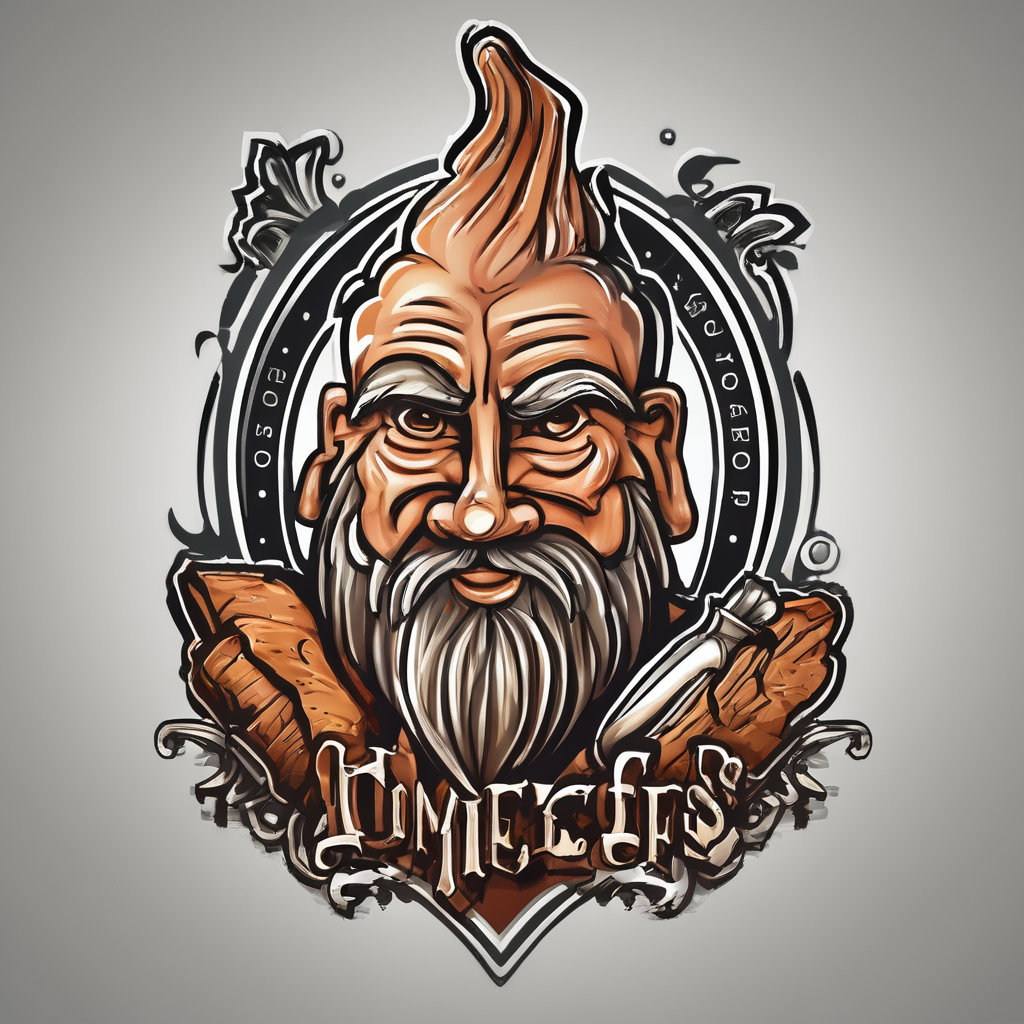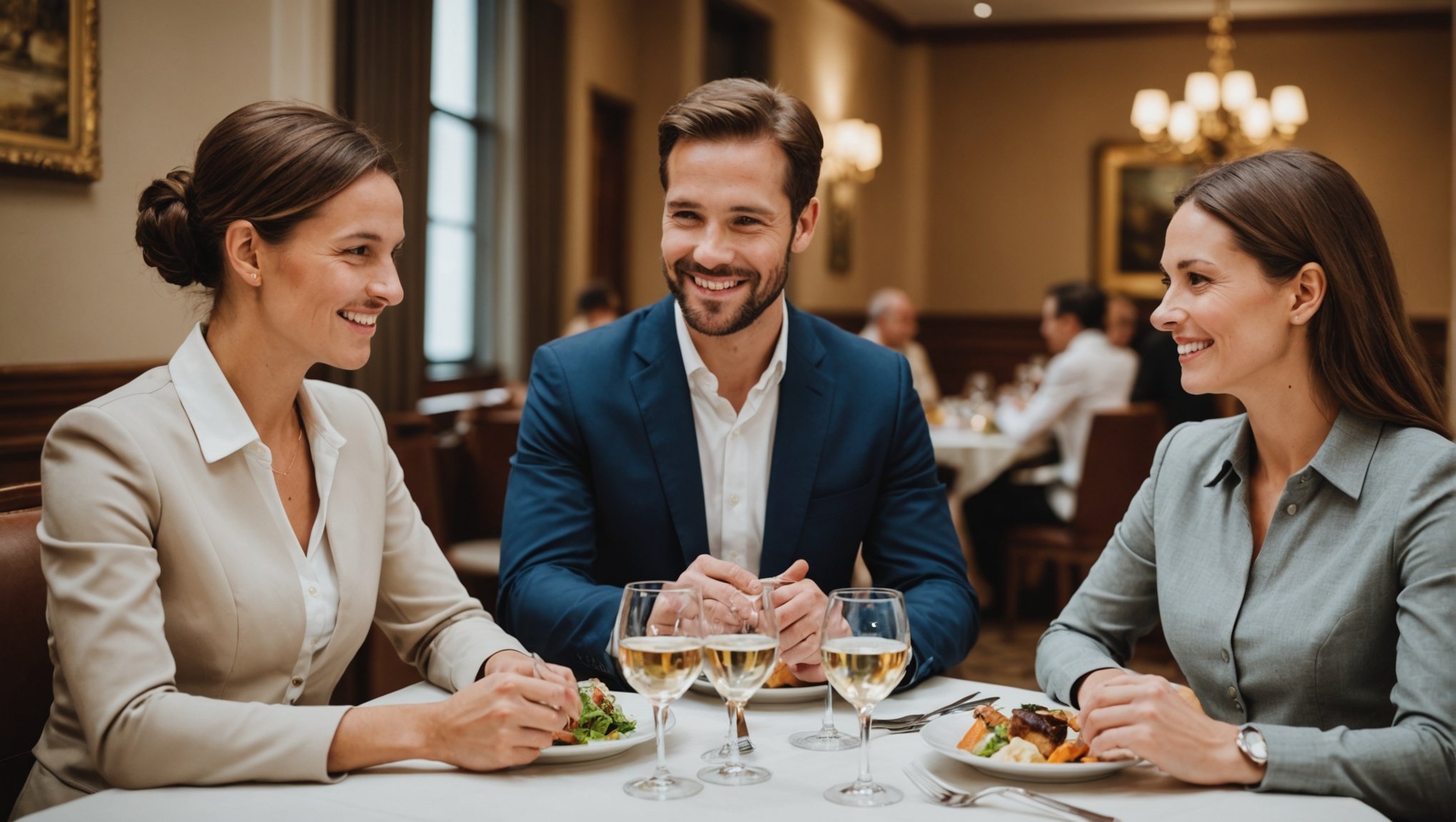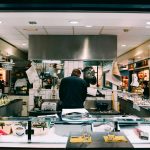Transforming Customer Service Training in Upscale Dining: Key Strategies for Excellence
In the world of upscale dining, the difference between a good restaurant and a great one often boils down to the quality of its customer service. Here, we’ll delve into the key strategies for transforming customer service training to ensure your restaurant stands out and leaves a lasting impression on your guests.
Becoming a Customer Service Expert
To train others in customer service, you must first be an expert yourself. This principle is echoed by Jeff Toister, a veteran customer service trainer, who emphasizes the importance of experience and continuous improvement.
Also to see : Ultimate guide to preserving ice cream freshness: pro tips to avoid freezer burn in your dessert bar
Learning from Experience
When Toister started his career in customer service, he faced a disastrous first encounter due to lack of training. However, he used this experience as a learning opportunity, dedicating himself to learning about the products and improving his responses to customer queries. This approach is crucial for any aspiring customer service trainer.
Continuous Improvement
A great customer service trainer must have an unquenchable thirst for continuous improvement. Here are some steps to achieve this:
Also to see : Uncovering the benefits of compostable packaging for restaurants: embracing sustainability in dining
- Free Weekly Tips: Subscribe to resources like the Customer Service Tip of the Week to stay updated on best practices.
- Training Videos: Utilize platforms like LinkedIn Learning for comprehensive training courses.
- Books: Read books recommended by experienced trainers to deepen your understanding of customer service.
Practical Application
In an upscale dining setting, this expertise translates into staff who can confidently answer questions about the menu, handle complaints gracefully, and anticipate customer needs. For example, a well-trained server can recommend wine pairings or explain the preparation method of a dish, enhancing the overall dining experience.
Building Informal Training Skills
Informal training is often more effective than formal training because it involves real-world application and feedback. Here’s how you can develop these skills:
Mentoring and Coaching
Start by mentoring new hires or facilitating short training sessions. This hands-on approach helps you understand what works and what doesn’t in a real-world setting. For instance, you might mentor a new server on how to handle a busy night, providing immediate feedback and guidance.
Volunteering and Community Involvement
Volunteering with a nonprofit organization or participating in community events can also hone your training skills. These experiences teach you how to adapt to different environments and audiences, which is invaluable in the dynamic hospitality industry.
Example from Breakthru Beverage Group
Breakthru Beverage Group emphasizes the importance of coaching and development in their training programs. Their Field Sales Manager Learning Journey includes one-on-one coaching sessions and workshops, which have received high effectiveness ratings. This approach ensures that their sales associates are not just knowledgeable but also skilled in delivering excellent customer service.
Developing Formal Training Skills
While informal training is crucial, formal training provides the structure and depth needed to excel in customer service.
Joining Professional Associations
Joining organizations like the Association for Talent Development (ATD) can provide you with mentorship programs and professional development opportunities. These resources can help you design and deliver effective training sessions.
Taking Train-the-Trainer Courses
Courses like those offered on LinkedIn Learning can teach you how to design and develop training programs. For example, the “How to Design and Develop Training Programs” course can equip you with the skills to create comprehensive training sessions.
Creating a Personal Development Plan
Use tools like the Individual Development Plan worksheet to identify the skills you need to build. LinkedIn’s career explorer tool can also help you pinpoint specific areas for improvement.
Key Components of Effective Restaurant Training
Effective training in an upscale dining setting involves several key components:
Customer Service Skills
- Professional Interaction: Train staff on how to interact with customers professionally, including greeting, serving, and handling complaints.
- Menu Knowledge: Ensure staff are well-versed in the menu, including ingredients, preparation methods, and pairing suggestions.
- Anticipating Needs: Teach staff to anticipate customer needs, such as refilling drinks or offering additional condiments.
Back-of-House Training
- Culinary Skills: Train chefs, line cooks, and prep workers on culinary techniques, food presentation, and safety protocols.
- Inventory Management: Educate staff on inventory management, equipment usage, and proper food storage to ensure consistency and safety.
Technology Training
- POS Systems: Train staff on how to use point-of-sale systems, reservation systems, and digital menu boards.
- Online Platforms: Educate staff on mobile and online ordering platforms, as well as social media for marketing and customer engagement.
Creating a Memorable Dining Experience
A fine dining experience is not just about the food; it’s about the entire ambiance and service.
Ambiance and Atmosphere
- Lighting and Music: Create a setting that complements your restaurant’s concept through careful selection of lighting, music, and design elements.
- Visual Elements: Use customized towels, unique cutlery, and other visual elements to create an exclusive atmosphere.
Innovative Plating and Menu
- Signature Dishes: Develop a menu that tells a story and includes signature dishes that capture the essence of your restaurant.
- Innovative Plating: Focus on presentation to make each dish visually appealing and reflective of the culinary creativity.
The Role of Feedback and Continuous Improvement
Feedback is crucial for continuous improvement in the hospitality industry.
Encouraging Customer Feedback
- Constructive Criticism: View feedback as an opportunity for improvement rather than criticism. Encourage customers to share their thoughts and pay close attention to what they say.
- Regular Assessments: Regularly assess menu offerings, service standards, and overall customer satisfaction to ensure you are meeting and exceeding customer expectations.
Example from Fine Dining Establishments
Fine dining restaurants that excel in customer service often have a culture of continuous improvement. They use customer feedback to refine their strategy and stay ahead of trends. For instance, hosting unique tasting events and incorporating new cooking methods can keep the dining experience fresh and exciting for guests.
Practical Tips for Implementing Excellent Customer Service Training
Here are some practical tips to help you implement excellent customer service training in your restaurant:
Cross-Training
- Versatile Workforce: Cross-train staff to create a versatile workforce that can adapt to various situations. This fosters teamwork and empathy among staff members.
- Empathy and Understanding: When staff understand the challenges their colleagues face, they are more likely to collaborate effectively and support each other.
One-on-One and Group Training
- Personalized Instruction: Use one-on-one training for new employees or when introducing new equipment or procedures. This ensures comprehensive understanding and immediate feedback.
- Group Training: Utilize group training for restaurant-wide policy changes, menu updates, or reinforcing general knowledge and skills. This promotes teamwork and camaraderie among staff.
Table: Comparison of Training Methods
| Training Method | Description | Benefits | Best For |
|---|---|---|---|
| One-on-One Training | Personalized instruction by an experienced staff member | Immediate feedback, comprehensive understanding | New employees, specific skill improvement, introducing new procedures |
| Group Training | Instruction provided to multiple employees simultaneously | Promotes teamwork, reinforces general knowledge | Restaurant-wide policy changes, menu updates, team-building |
| Online Training | Use of digital resources like training software and videos | Flexible, accessible, cost-effective | Ongoing training, remote staff, reinforcing skills |
Quotes and Insights from Industry Experts
- “Informal training is more important than formal training. Employees learn more from coaching, feedback, and mentorship than they do from content delivered in a formal program,” – Jeff Toister.
- “We want our customer experience to be the best in the business, with our sales associates not just recommending what they should order, but rather educating and working with our customers to build a portfolio or beverage program that excites and delights their guests,” – EVP, CHRO at Breakthru Beverage Group.
- “Creating a fine dining experience is a necessity in the world of cuisine. It’s about creating a memorable experience for diners, which includes excellent customer service, innovative plating, and a unique ambiance,” – Robin Waite.
Transforming customer service training in upscale dining is a multifaceted process that requires a deep understanding of customer needs, continuous improvement, and effective training methods. By becoming a customer service expert, building informal and formal training skills, and focusing on key components of restaurant training, you can create a service team that excels in providing an exceptional dining experience.
Remember, excellent customer service is not just about serving food; it’s about creating a memorable experience that keeps guests coming back. With the right training strategies, support, and commitment to continuous improvement, your restaurant can stand out in the competitive hospitality industry and leave an indelible mark on the palates and hearts of your discerning diners.












